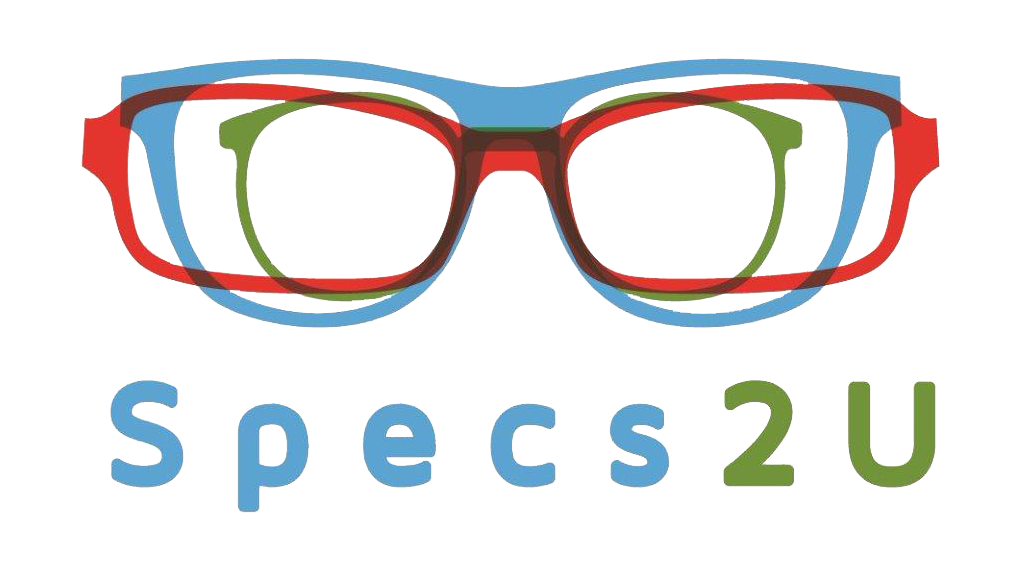Sunglasses tint guide (so you know what to ask for when looking at sunglasses). Note that many High Street opticians may not give you a choice however!
Light transmission is how much light gets through the tint on the lens (in % terms). The lower the class, the more light gets through (and the less UV protection you have). Class 0 and 1 provide NO UV protection (this includes the lower portion of a graduated tint).
Class 0 : 80-100% (clear) - use indoors or on overcast days. No limitations.
Class 1 : 43 - 80% (light tint) - use for low sunlight.
Class 2 : 18 - 42% (medium tint) - medium sunlight.
Class 3 : 8%-18% (dark tint) - bright sunlight.
Class 4 : 3 - 8% (very dark tint) - exceptionally bright sunlight. Not suitable for driving.
Polarised lenses are usually around 15% absorbtion.



 We haven't seen much of it recently but sunshine seems to be making a comeback. Forget snowdrops and buds on the tree - the first sign of spring seems to be sunglasses making an appearance.
We haven't seen much of it recently but sunshine seems to be making a comeback. Forget snowdrops and buds on the tree - the first sign of spring seems to be sunglasses making an appearance.